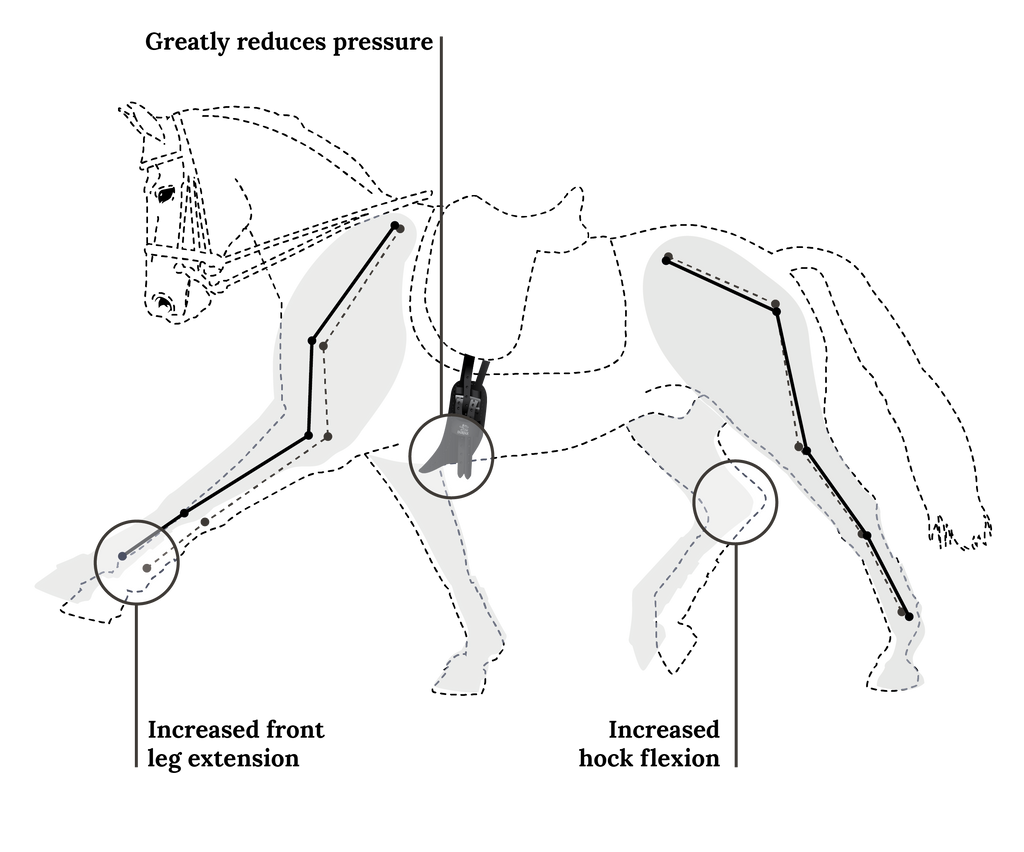In the run up to the 2012 Olympics the British Equestrian Federation, Fairfax saddles and a scientific research team worked together on a project to give Equestrian Team GBR the edge.

The result – the Fairfax Girth – was later called ‘Team GBR’s secret weapon’ by Horse & Hound magazine, following their success at the Games.
Researchers tested a large number of girths on a variety of horses using Pliance pressure mapping technology and gait analysis to identify the exact location of high-pressure zones and demonstrate the performance improvements when girth pressure is removed.


The scientific research proved:
- Peak girth pressure is behind the elbow, not on the sternum
- On the flat, peak pressure consistently occurs at the same point in the stride (where one leg is extended and the other is vertical in contact with the ground).
- When jumping peak pressure is on landing.
- The Fairfax girth reduces peak pressure dramatically (up to 82*)
- In the Fairfax girth design, pressure is NOT transferred to the back edge of the girth
- Reducing pressure behind the elbow improves performance by improving:
- Forelimb extension
- Knee & hock flexion
- Gait symmetry
Performance through Science
The research was peer-reviewed for publication in the Veterinary Journal 198-1 (2013) 92-97 and selected for presentation at the BEVA congress in 2012

